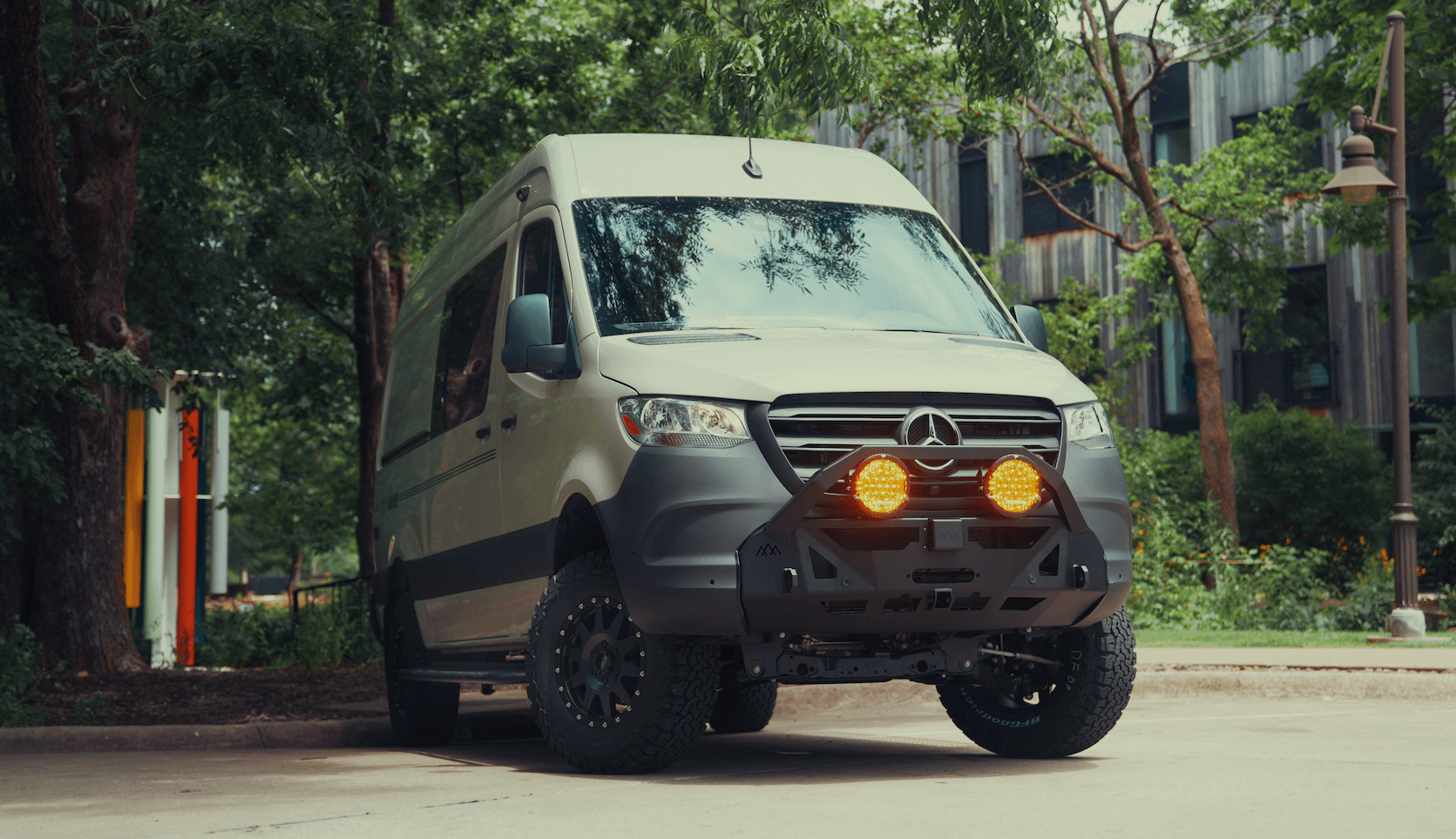Recreational Vans

Spot heating beats changing the whole cabin temperature. An electric blanket warms the sleeper directly, so you feel comfortable faster while using less energy than space heating. Most models use resistive heating wires that cycle on and off under a thermostat, which trims average power once your bed is up to temperature. That makes them attractive for off grid nights when battery capacity matters.
Electric blankets for vans come in two broad groups. Twelve volt blankets plug into a DC outlet and often draw around forty to sixty watts on high. Household blankets run on alternating current, usually one hundred to two hundred watts on high, and require an inverter. Either path can work if you budget for the load and use sensible settings after warmup.
Inside the fabric, thin heating elements resist current and convert it to heat. A controller modulates power in short duty cycles, so the average draw is lower than the peak rating. Preheat the bed on medium for fifteen minutes, then drop to low. That sequence limits energy use and still feels cozy.
Twelve volt models keep things simple and avoid inverter losses. If you prefer an alternating current blanket for dual use at home, remember that inverters are not perfectly efficient. Assume about ten to fifteen percent overhead. A one hundred watt blanket may pull one hundred ten to one hundred fifteen watts from the battery when accounting for conversion.
Use watts equals volts times amps to plan. A blanket averaging twenty five watts during the night draws roughly two point one amps at twelve volts. Across eight hours that is about seventeen amp hours. Double that if two people use separate zones. Add a margin for cold snaps and controller cycling.
Safety comes first in a small space. Look for blankets with overheat protection, auto shutoff timers, and independent safety listings such as UL or ETL. Inspect cords and connectors for strain relief. Do not fold tightly or pinch the wires under a knee or hip. Avoid running the blanket while wet, and keep pets from chewing controller leads.
Soft knit microfleece and sherpa style liners trap warmth even when the heat is set low. Removable controllers allow gentle machine washing on many models, but always follow the manual. In a van, quick drying fabric reduces moisture buildup. Shake out bedding in the morning to vent residual humidity.
Choose a size that fits your mattress so the edges do not bunch. Full a queen blanket on a van queen mattress keeps elements spread flat, which helps the thermostat regulate properly. If you share a bed, dual zone control prevents arguments and lets each person pick a comfortable setting.
Route the controller cord where it will not snag in the night. A twelve volt outlet near the head of the bed reduces trip hazards. Use a fused circuit with appropriate gauge wiring if you are adding a new outlet. For alternating current blankets, mount the inverter securely and ensure ventilation.
Layering multiplies the effect of gentle heat. Place the electric blanket over a fitted sheet and under an insulating comforter. Add a top quilt or an extra wool layer in the coldest conditions. Preheat the bed while you finish camp chores, then switch to low before sleep.
Monitor state of charge in the morning and keep a reserve for starter needs. Recharge through solar, alternator charging, or shore power when available. In very low temperatures, battery capacity drops, so plan for extra headroom and consider a thermal wrap for lithium batteries within manufacturer guidance.
A heated mattress pad focuses warmth from below and may feel more efficient to some sleepers. Insulated window coverings, draft sealing, and a warm hat add comfort without extra watts. In extended deep cold, a fixed air heater with proper installation and ventilation can take over primary heating while the electric blanket remains a gentle supplement.
The right blanket is only part of the equation. A thoughtful electrical system, safe outlet placement, and good insulation make small loads go further. If you want a plug and sleep experience, plan your battery bank, inverter capacity if needed, and charging sources before the first frost.
When you are ready to move from theory to a reliable setup, our team builds vans with right sized lithium power, fused twelve volt outlets near the bed, smart inverters, and thermal upgrades that reduce nightly energy use. We design around your season, altitude, and sleep preferences, then test the system so you can settle in and rest.
Ready for warm, quiet nights off grid without guesswork? Tell us how you travel and we will configure the power, outlets, and insulation to make your electric blanket for van living effortless.
Want warm nights without guessing at power math? OZK Customs designs and installs right sized electrical systems, safe outlets near the bed, and thermal upgrades that make electric blankets work better. Tell us how you travel and we will tailor a build that keeps you comfortable off grid.
ADDRESS:
6159 E Huntsville Rd, Fayetteville, AR 72701
PHONE:
(479) 326-9200
EMAIL:
info@ozkvans.com